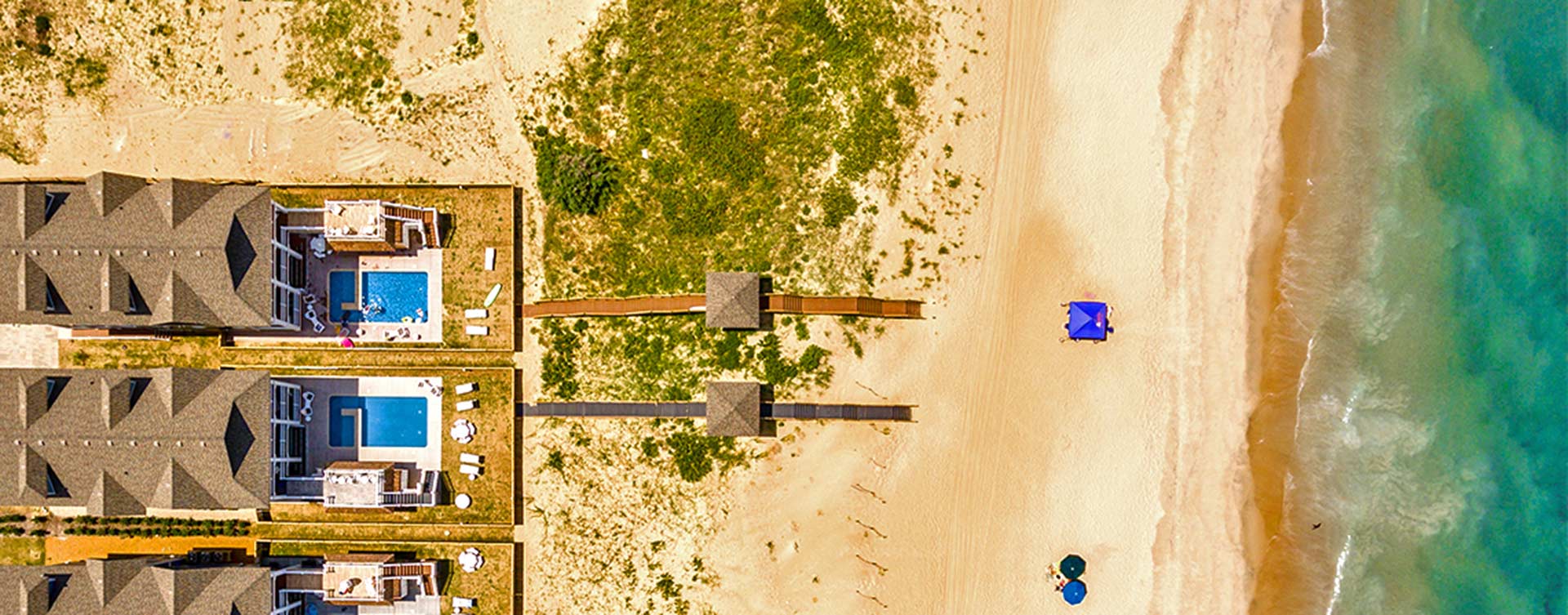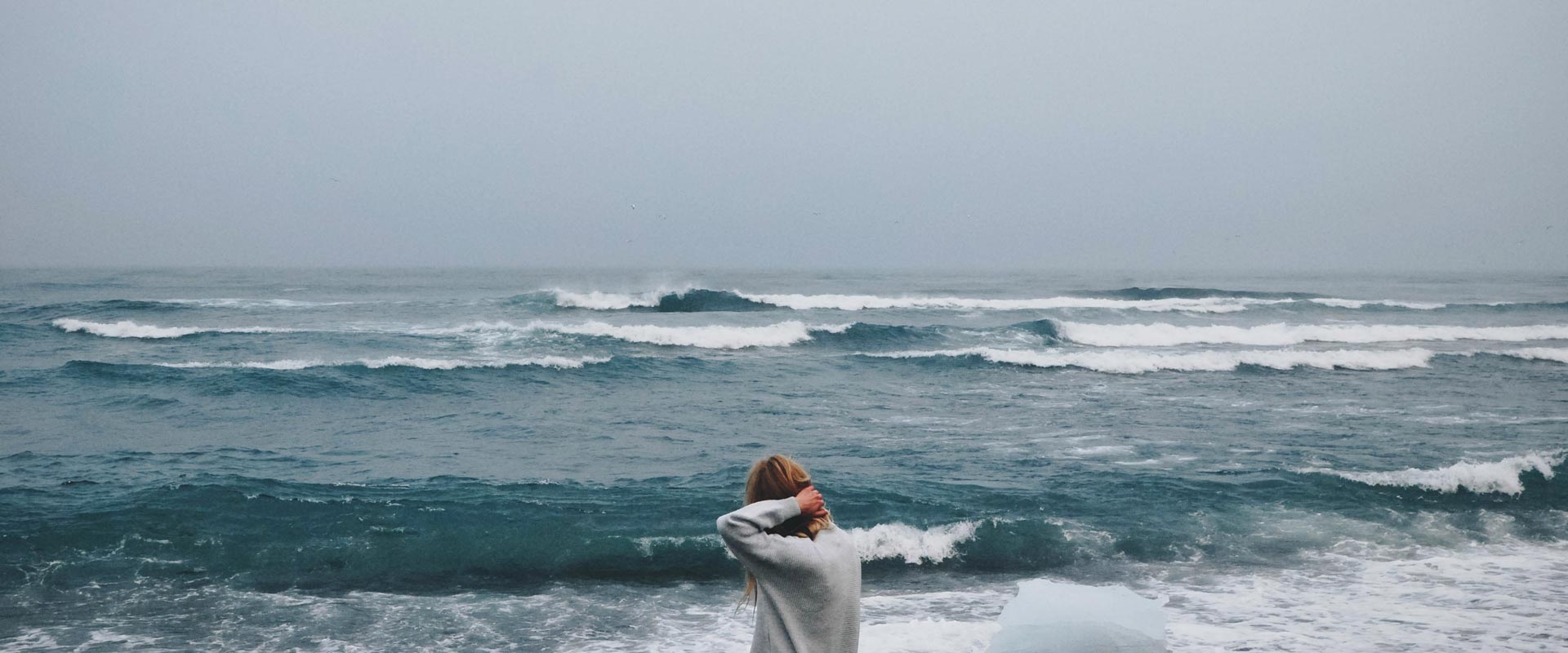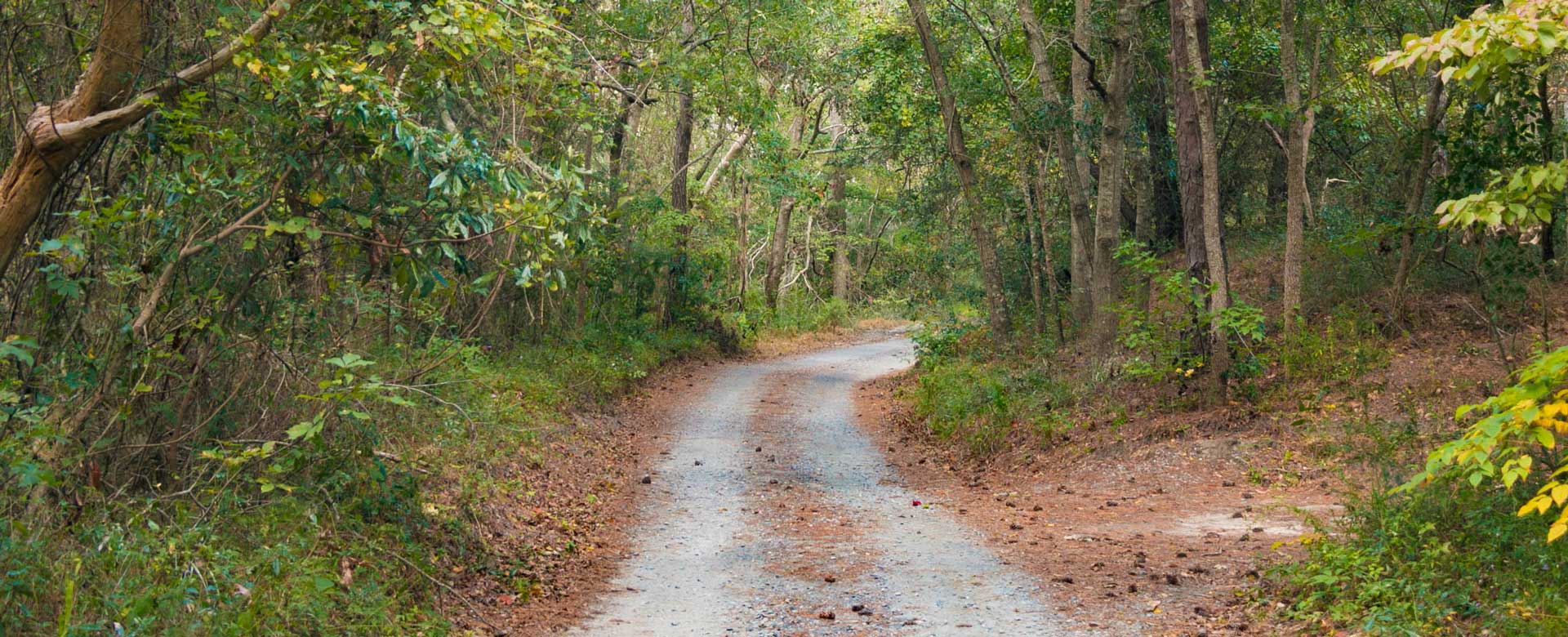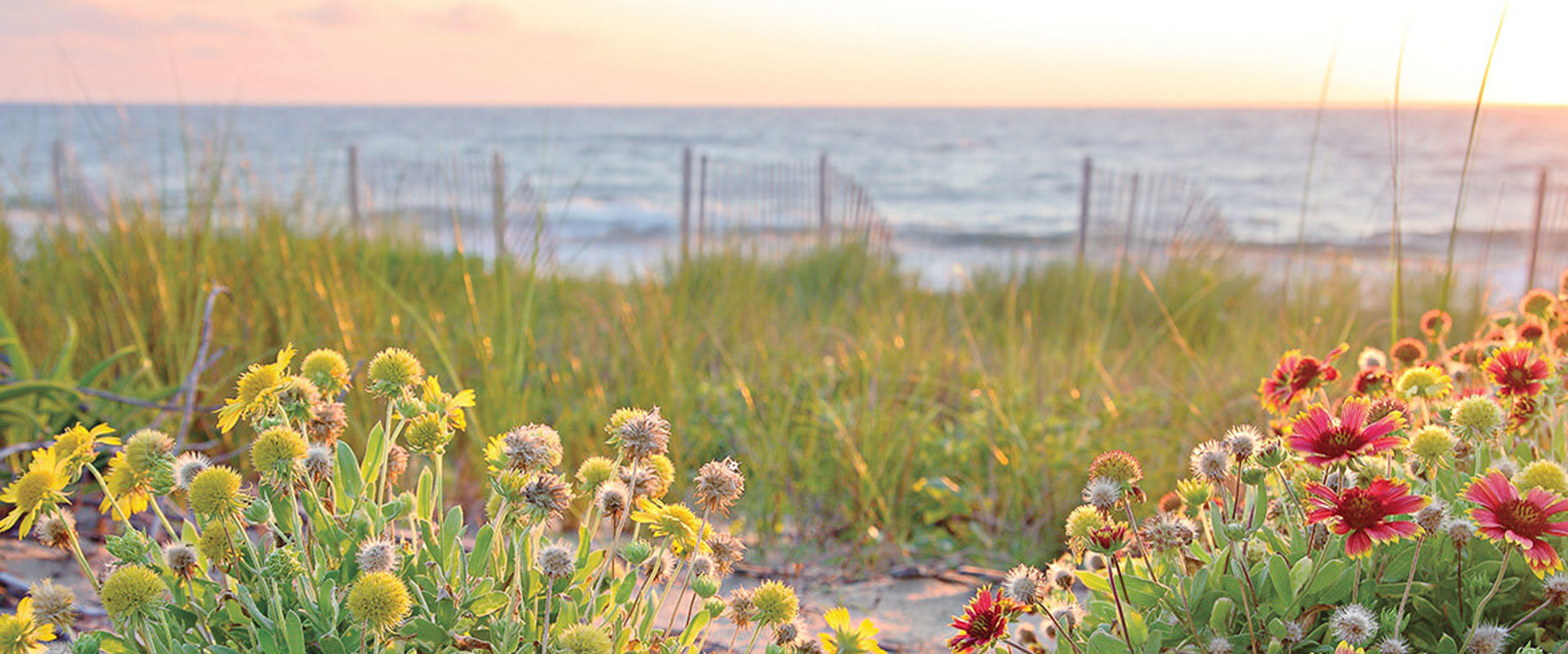It’s easy to think of tourism on the Outer Banks as a modern phenomena, and depending on how modern is defined, it could be. Compared to the time of the dinosaurs, it would be very modern; compared to the history of the US, it’s been around for a while.
Tourism on the Outer Banks probably began in the 1820s when an inland plantation owner sent his family to Nags Head for the summer to escape the heat and humidity of the lowlands. However, a more modern way to view tourism and the economy was the concept a group of Manteo businessmen developed in the 1930s.
The country was mired in the Great Depression and tourism–and therefore the local economy–was suffering. Led by Bradford Fearing and Mabel Evans (the Superintendent of Dare County Schools) they decided to develop a local pageant that had become an annual event–the first English settlement in the New World and its subsequent disappearance–and turn it into a play.
The group approached North Carolina native and Pulitzer Prize winning playwright, Paul Green, to create an outdoor symphonic drama based on the story. They then arranged for two government depression-era work programs, the WPA and CCC, to build Waterside Theatre and the scenery.
On July 4, 1937 the play opened . . . and garnered immediate attention, so much so that six weeks later the President, FDR, came to see the performance. Seventy-five years later, the play is still running and it is a good play.
It’s gone through some changes over the years, and that, no doubt has been the key to its longevity.
I first saw it 15 or 16 years ago and I’ve got to admit the performance at that time was a long evening of pageantry, song and dance . . . a very long evening of pageantry, song and dance.
I’ve seen it three or four times since that first performance and each time it has gotten better and better. The play that was on stage last year was outstanding–as good as any theatre I’ve ever seen. A perfectly paced feast of dialogue, song, choreography and scenery, there are some truly memorable performances and a production quality that is as good as anything seen on any stage. And that makes sense–with a Broadway award winning costume designer–William Ivey Long, and Paul Gallo, lighting director for over 50 Broadway plays creating the lighting, those professional resumes are really apparent on stage.
The first performance this year is June 1. The play runs through late August. Visitors, or residents–it’s a great night out.











